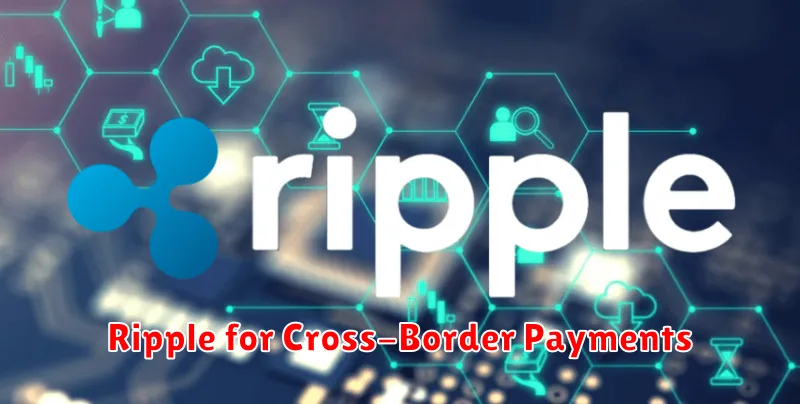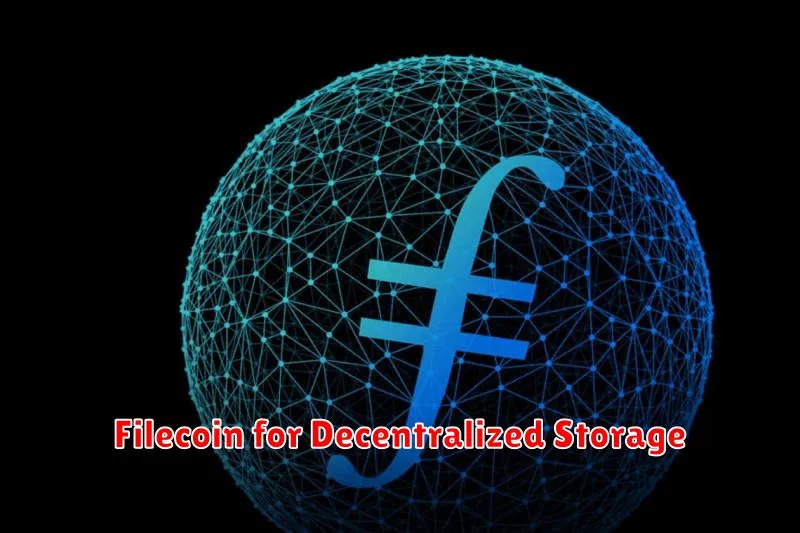Investing in cryptocurrencies can be daunting, but focusing on projects with strong utility can significantly reduce risk and increase potential returns. This article explores five cryptocurrencies projected to have the best utility in 2025, examining their real-world applications and potential for growth. We’ll delve into projects demonstrating innovative technology and practical use cases across various sectors, helping you make informed decisions in the exciting world of crypto investment and blockchain technology.
Ethereum for Smart Contracts

Ethereum stands out as a leading platform for smart contracts in 2025. Its established infrastructure and large developer community ensure a robust and continuously improving ecosystem. The Ethereum Virtual Machine (EVM) allows for the execution of decentralized applications (dApps) and smart contracts, enabling a wide range of use cases.
While scalability remains a concern addressed by ongoing developments like Ethereum 2.0 and layer-2 solutions, Ethereum’s dominance in the smart contract space is undeniable. Its established security and widespread adoption make it a critical cryptocurrency for various decentralized applications and financial innovations.
The versatility of Ethereum’s smart contract functionality positions it for continued growth and importance in the future of decentralized finance (DeFi) and beyond. Its robust network and extensive tooling provide developers with the resources necessary to build complex and secure applications.
Chainlink for Data Integration

Chainlink stands out in the cryptocurrency landscape due to its crucial role in bridging the gap between blockchain technology and real-world data. This is achieved through its decentralized oracle network, which securely and reliably feeds external data into smart contracts.
The significance of this for 2025 and beyond lies in its ability to enable a new wave of decentralized applications (dApps) that require verifiable, tamper-proof data. Imagine decentralized finance (DeFi) applications relying on real-time price feeds, supply chain management systems tracking goods with immutable records, or insurance platforms automatically processing claims based on verified data. These are just a few examples of how Chainlink’s data integration capabilities will be instrumental in powering the next generation of blockchain-based solutions.
Chainlink’s utility extends beyond simple data transmission. Its robust security mechanisms and diverse oracle nodes ensure the reliability and integrity of the integrated information, mitigating risks associated with single points of failure and manipulation. This makes it a vital component for building trustworthy and transparent systems across various industries.
In short, Chainlink’s ability to seamlessly integrate real-world data with blockchain smart contracts positions it as a cornerstone for the future of decentralized applications and a key cryptocurrency with significant utility in 2025 and beyond.
Polygon for Scalability

Polygon addresses a critical challenge in the blockchain space: scalability. Many blockchain networks, including Ethereum, struggle with transaction speeds and high gas fees as usage increases. Polygon acts as a layer-2 scaling solution for Ethereum, significantly improving transaction throughput and reducing costs.
Its various solutions, including Plasma, Optimistic Rollups, and zkRollups, allow for faster and cheaper transactions while maintaining the security of the Ethereum mainnet. This makes Polygon a powerful tool for building decentralized applications (dApps) that require high transaction volumes without sacrificing security or decentralization.
The increasing adoption of Polygon highlights its efficacy in overcoming scalability issues. This makes it a key player in the future of decentralized finance (DeFi) and other blockchain-based applications that depend on efficient and affordable transactions. Its robust infrastructure positions it for continued growth and importance in 2025 and beyond.
Ripple for Cross-Border Payments

Ripple (XRP) aims to revolutionize cross-border payments through its RippleNet network. This network facilitates faster and cheaper international transactions compared to traditional banking systems.
RippleNet utilizes XRP, its native cryptocurrency, to enable near real-time settlements and reduce transaction costs. The system leverages blockchain technology to enhance transparency and security.
Key advantages of Ripple for cross-border payments include speed, lower fees, and enhanced security, making it a strong contender for widespread adoption in the future of international finance.
While facing regulatory scrutiny, Ripple’s technology continues to gain traction with various financial institutions globally, showcasing its potential as a leading solution for streamlined cross-border payments in 2025 and beyond.
Filecoin for Decentralized Storage

Filecoin is a decentralized storage network that aims to disrupt the centralized cloud storage market. It leverages blockchain technology and a distributed network of storage providers to offer a secure, transparent, and efficient alternative.
Users can store their data on the network by paying FIL, Filecoin’s native cryptocurrency, to storage providers. This incentivizes participation and ensures the network’s reliability. The system uses cryptographic techniques to verify data integrity and availability.
In 2025, Filecoin’s utility is projected to increase significantly as the demand for secure and decentralized storage solutions grows. Its focus on data integrity, redundancy, and transparency makes it a compelling choice for individuals and businesses concerned about data privacy and security in an increasingly centralized digital world. Scalability improvements are also expected to further enhance its practicality.
Filecoin’s potential lies in its ability to offer a trusted alternative to traditional cloud storage providers, providing users with greater control over their data while benefiting from the decentralized nature of the blockchain. This could lead to widespread adoption across various sectors, solidifying its position as a cryptocurrency with strong utility.

